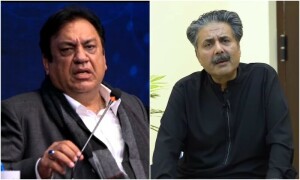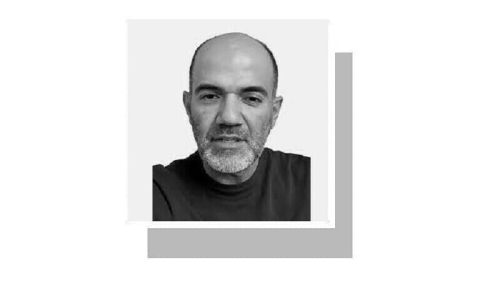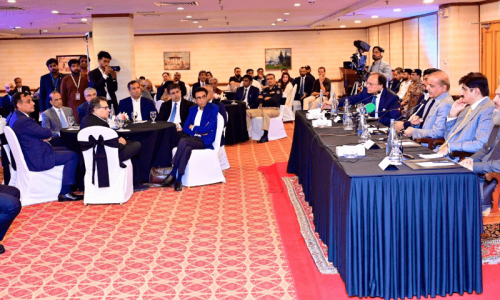THE discourse on education in Pakistan has focused invariably on higher education. Whether it is about textbooks, deficiencies in teachers’ training, curricula or language, the starting point of most activists is college or university. The closest they get to school education is when they argue about numbers.
It surprises me how little is said about primary education or even early childhood education. There is not even a hint of an understanding of the roots of the problems that policymakers and activists talk about. They lie in the malaise that grips our primary education sector. Our society is not at all child-centric. It is time we started looking at educational issues from the child’s point of view: how children learn, what interests them and what motivates them. Few policymakers would have read William Wordsworth’s words, “The Child is father of the Man”.
And fewer still would have pondered the report published in this newspaper a few weeks ago that a study in Karachi found that 58.5 per cent of students aged 14-18 years nursed suicidal thoughts.
In this context, it was instructive to talk to Baela Raza Jamil when I dropped in to see her on her return from the UN General Assembly session with another feather in her cap. She has been co-opted to the Platform for Girls’ Education — a British-Commonwealth initiative. A word about Baela for the few who don’t know her well enough. She is a dynamic driving force in the education sector who is also the CEO of ITA (Idara-i-Taleem-o-Aagahi), has been a commissioner in the Education Commission (a global initiative seeking inclusive and quality education with innovative and adequate financing) and is the founder of the Children’s Literature Festival that aims at unlocking the power of the child’s mind.
What ails our education system?
What ails education in Pakistan, I ask. She is very clear-headed in her answer. “Pakistan faces a crisis of learning and the problem of 23 million out-of-school children.” I will not quibble about numbers. Even if it is 3m, it is bad enough. The real challenge is to put these children in school and resolve the learning crisis (that in effect means improve the quality of education).
This is a very profound observation. What use is it to put all children in school but teach them nothing? The political and bureaucratic will to achieve this is missing. One must ask why are millions of children not going to school? After all, Article 25-A has made education compulsory and free for all children of five to 16 years of age. It is simply because the schools do not exist for them or their standard of education is so poor that no one wants to go there. According to the Pakistan Economic Survey 2016-17, there are 164,300 primary schools in the country with 21.6m children on their rolls. Once they complete Grade 5 they try their luck and seek admission in one of the 77,420 middle and secondary schools which accommodate a measly 10.5m students — a whopping dropout rate of 50pc.
This is further accentuated, in the case of girls, by the quadruple discrimination against them on account of gender, poverty, disability and conflict/displacement. For those from the minorities, faith becomes an added factor.
The immediate need is to expand the primary and secondary sectors keeping the ratio in view. This is important because a majority of the out-of-schoolers are girls and the worst sufferers. This programme of upgrading needs to be accelerated. There is no shortage of funds because the budget allocated to education is not even fully utilised. Charity begins at home. Foreign aid follows in normal course.
The other issue — poor learning outcomes — is interlinked. It drives children out of school and instils no motivation in them; it also has a negative impact on the standards of education. I have observed personally how untrained teachers with no motivation themselves fail to create any enthusiasm in the students. Teachers training programmes when undertaken seriously and consistently can make a difference.
Baela also suggests that innovative strategies such as adopting inter-sectoral approaches, the use of new technologies and imaginative teaching methods would not only attract more children to school but also retain them there.
These have been tried in other countries, but at random in Pakistan. They include school lunch programmes, monthly allowances for girls who enrol and health check-ups for all children. They certainly help provide incentives to parents to send their children to school. But they should be consistently implemented. Also it is important that the ‘learning crisis’ should be addressed concurrently by trying innovative teaching methods using new technologies.
But all approaches should be integrated and tried concurrently on an equal priority basis. For instance, providing lunches or snacks to school children without giving them good teachers to enhance their learning outcomes is a waste of educational funds.
Published in Dawn, October 12th, 2018











































